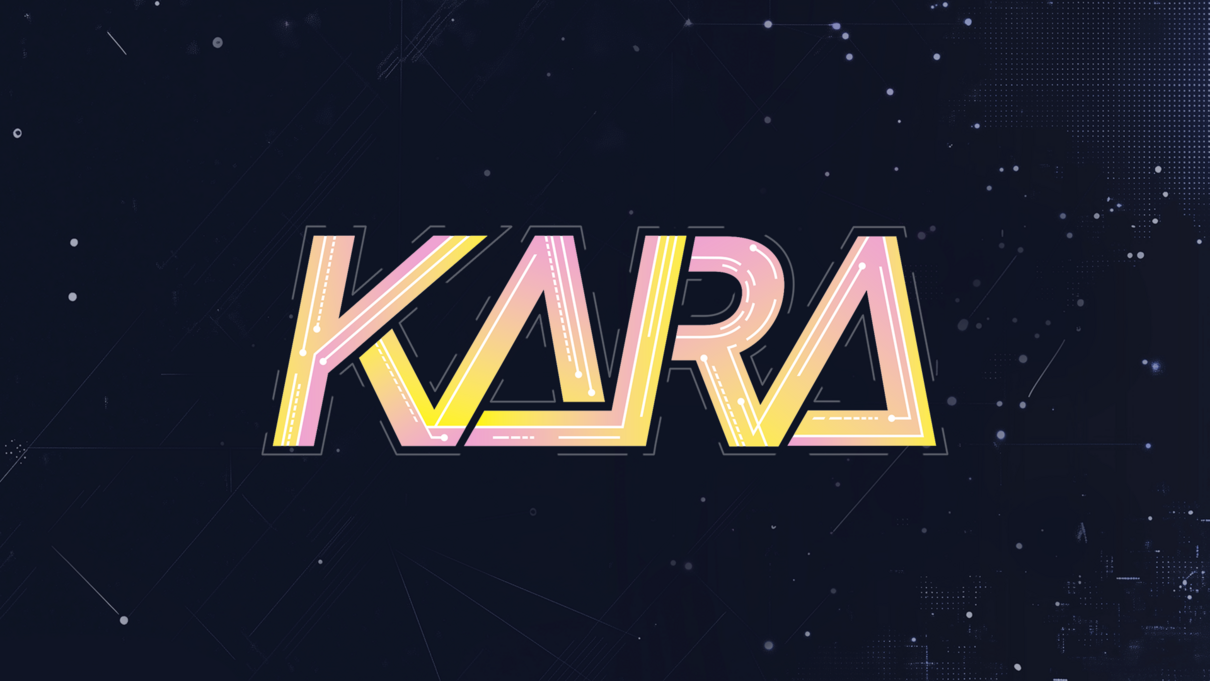
01: AI & Technology
AI & Technology
Exploring the tools, experiments, and ideas transforming how games are made.
Standing at the AI Chasm's Edge: Video Gaming's Next Challenge
I've come to a clear realisation: the gaming industry has fought its way to a milestone moment in generative AI's adoption journey. We're at that critical juncture between early adopters and the early majority—with the greatest challenge, the chasm, ahead of us.
The Technology Adoption Journey
For those unfamiliar with the concept, the technology adoption curve shows how innovations spread through a market: innovators embrace new technology first, followed by early adopters, then the early majority, the late majority, and finally, laggards. Between early adopters and the early majority lies a chasm—a gap where many promising technologies fail because the needs and expectations of these groups differ dramatically.
It's worth noting that machine learning has crossed this chasm in gaming. The growth of the ML Summit at GDC, the widespread acceptance of ML in LiveOps, and acquisition and retention stand as evidence of this transition. However, ML never significantly impacted production processes themselves.

The Pragmatist's Approach to AI
The early majority—pragmatists in Moore's terminology—approach technology differently than early adopters:
- They require proven solutions, not experiments
- They want evolution, not revolution
- They need technology to enhance existing workflows
- They demand clear return on investment, not vague promises
This explains why the conversation at GDC has shifted from whether AI has a place in game development, to how to implement it effectively. In discussions with executive producers and AI leaders, one sentiment came through consistently: they're sick and tired of AI tech demos. They need customer success stories and concrete examples of measurable benefits from their peers.
A perfect illustration: Last year's startups boasted about AI that could "generate animations from prompts," implicitly asking, "Who needs mocap?" This year, that hype vanished. Instead, motion cap (mocap) hardware vendors have AI in their processing pipelines to reduce post-capture cleanup time—a practical enhancement to existing workflows rather than a revolutionary replacement.

The Dangerous Crossing
Make no mistake—this chasm is treacherous territory. Many startups and technologies fail to cross it. Having worked for startups that successfully did so and some that didn't, I can attest to the challenges.
The successful ones share a common trait: they fully embrace the needs of the pragmatic early majority with a laser-like focus rather than continuing to cater to visionaries. This means shifting from selling future potential to delivering proven value today.
Perhaps the greatest threat during this crossing comes from investors, who often push for sizzle and inflated impact estimates. While startups chase funding with flashy demos and big promises, studios want reliable solutions to specific problems. This misalignment explains why many startups struggle to gain traction despite initial excitement.

The Organisational Challenge
The clearest sign of our position at the chasm's edge is that AI teams across studios are overwhelmed with requests while developers increasingly adopt "shadow AI" tools to solve immediate problems. This tension between formal and informal adoption happens when technology reaches the point where pragmatists begin to see its value but before organised systems are in place to support widespread adoption.
This explains the strong interest in our new Consultative AI Solutions service at GDC. As we prepare to cross the chasm, studios need partners who understand both the technology and the organisational challenges of this transition.

Looking Forward: The Crossing Ahead
Crossing the chasm will be the most challenging part. Success will require complete solutions (not just technology), proven use cases, and standardized governance frameworks.
On the other side of this chasm is a healthier, more productive industry reinvigorated by new technologies that increase our ability to delight players profitably. The shift from theoretical possibility to practical implementation we've seen at GDC this year suggests we're prepared for this crossing, but it will require collaboration, patience, and persistence.
The gaming industry has always been at the forefront of technology adoption. If we work together—sharing success stories, developing standards, and focusing on pragmatic solutions—we can make it to the other side.


The Value of Experimentation and Incremental Innovation: Navigating the Path to AI-Driven Innovation in Game Development
As game makers, we're no strangers to innovation. But with the rapid evolution of AI technology, it's easy to get caught up in the excitement of endless tech assessments and lose sight of what truly matters: solving real-world problems to drive value creation.
Balancing Incremental and Radical Innovation
When it comes to AI, we often think about radical innovation - the kind of game-changing breakthroughs that can transform our industry. But incremental innovation is just as important and often brings more immediate “better/cheaper/faster” opportunities. Paired with effective experimentation, incremental innovation starts from existing knowledge and technologies to create practical, near-term solutions. It's about making small, incremental improvements that can add up to big impacts over time.
The Power of Incremental Innovation
Incremental innovation is not just about making small changes; it's about creating a culture of continuous improvement. By focusing on incremental innovation, we can:
- Increase our chances of project success by tackling smaller, more manageable problems
- Pragmatically create solutions that are more likely to be adopted into production
- Support and enhance the work of skilled professionals, rather than trying to replace them
"The best way to predict the future is to invent it"
Alan Kay
A Few Tips to Bringing to Life Incremental Innovation in AI
- Take a Problem-First Approach: Identify genuine problems worth solving, and then use AI to address them. This means focusing on the problem, not the technology.
- Defining Success Upfront: Establish clear thresholds of acceptable expected outcomes within a defined timeframe (kill metrics). This approach transparently allows everyone to measure the effectiveness of the AI solutions and make data-driven decisions.
- Try Fast, Fail Fast, and Try Again: Have a team ready to build a Proof of Concept (POC) very quickly, and be ready to iterate as many times as needed. But do it quickly.
- Operationalize Your Solution: Once the AI solutions are validated, focus on operationalizing it asap. This requires ongoing domain expert participation, clear data requirements, and a strong partnership with operational and tech teams.
- Experimentation Powered by AI. Leverage AI tools and techniques to accelerate the experimentation process and identify new opportunities for innovation.

One of the ways to make that happen at Keywords was by setting up a team of AI experts, connected to our AI Center of Excellence, servicing the rest of the business with 6-week POC sprints, accessible to any teams. Along with project KARA and other initiatives, that’s allowed us to organize immediate innovation initiatives with a direct impact to our businesses.
Overcoming the Challenges of Moving from Experimentation to Implementation
However, even with the best intentions, AI implementation comes with major challenges. Here are three key hurdles to overcome when experimenting with AI to maximize chances of success:
- The pace of change: AI technology is moving at an incredible pace, and the experimentation of today might be irrelevant tomorrow. To navigate this landscape, focus on building flexible solutions that can adapt to changing circumstances.
- Barriers to adoption: Address legal limitations, resistance to change, lack of expertise, and uncertainty about how to get started. A structured innovation management program can help overcome these challenges.
- The human factor: AI should be approached as a way to support and enhance the work of skilled professionals. By doing so, we not only increase our chances of project success but also create solutions that are more likely to be adopted into production.

Embracing a Culture of Continuous Innovation
Innovation is a journey, not a destination. Thoughtfully and deliberately moving AI applied R&D from experimentation to implementation is a challenging but crucial step in supercharging AI innovation efforts. By adopting an incremental innovation approach and pairing it with a structured experimentation program such as project KARA, it's possible to reduce risk, increase agility, and improve collaboration across teams. And by taking a problem-first approach, defining upfront kill metrics, and focusing on incremental innovation, it's possible to unlock the true potential of AI without losing sight of the bigger changes upcoming, and while keeping the human at the center.
But then ultimately, the key to successful AI implementation lies in embracing a culture of continuous innovation, which can itself be powered by AI.
By fostering a mindset that encourages experimentation, learning, and iteration, we can create an environment that supports the creation of new experiences, for ourselves, for our clients, and for our players. And to Imagine More.


Sign up to our quarterly newsletter.
Sign up to our quarterly newsletter and keep up to date with the latest in the industry.









